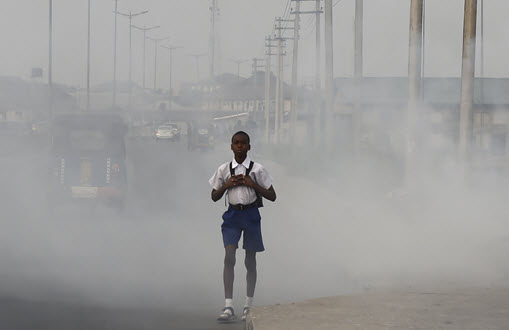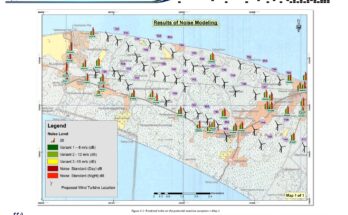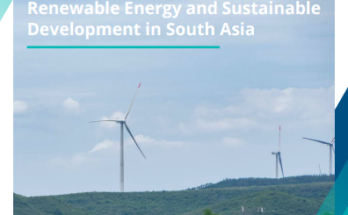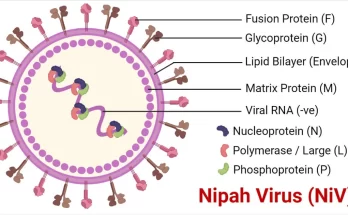Organized by World Health Organization(WHO) in collaboration with UN Environment, World Meteorological Organization (WMO), the Climate and Clean Air Coalition (CCAC), the secretariat of the UN Framework Convention on Climate Change (UNFCCC), the United Nations Economic Commission for Europe (UNECE) and The World Bank, the first conference on Air Pollution and health was held in the WHO headquarters at Geneva, Switzerland. The three ay conference was held from 30th October to 1st November 2018 under the theme “Improving Air Quality, Combatting Climate Change – Saving Lives”
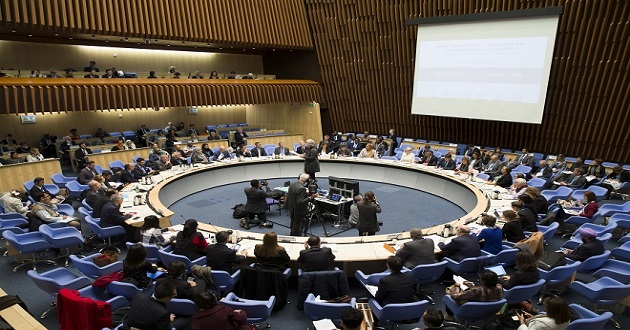
Today the entire world is facing a scary situation as some 91% of people worldwide breathe unhealthy air, resulting in about 7 million deaths annually WHO reports. According to a report published by WHO, tackling Climate Change and Air Pollution is one of WHO’s top five global priorities for 2019-2023. World Health Assembly (WHA 2015) Resolution on Air Pollution and Health and subsequent Road Map for an Enhanced Global Response (WHA 2016) set forth a strategy for reducing air pollution health risks, including actions that mitigate climate change.
This conference had been organized with the aim of bringing together global, national and local partners to share knowledge and mobilize action for cleaner air and better health globally. The conference agenda mainly had focused on the health impacts of air pollution; methods of monitoring pollution and health exposures; and tools for assessing and implementing effective interventions.
WHO had earlier published followings as expected outcomes of this conference
- A “Call for Urgent Action” by health and other sectors to reduce the 7 million deaths a year due to air pollution as a contribution to achieving the Sustainable Development Goals 3, 7, 11 and 13.
- Raising the level of ambition – agreement to develop a “Global Movement for Clean Air” with commitments by ministers, mayors, intergovernmental organizations and non-state actors for reaching air quality levels in line with WHO AQ Guidelines by 2030.
- Household energy on the top of the global energy agenda – strengthening partnerships between the health and energy sectors and increasing efforts to reduce indoor air pollution.
- Reducing the global epidemic of NCDs with air pollution reductions as a key pillar of action.
- The health sector’s unique leadership role – to assess air pollution’s health and economic impacts and catalyse actions that reduce air pollution in cooperation with other sectors.
- Action with multiple benefits – air pollution reduction as a leading entry point for accelerating climate change mitigation and reducing climate-related health risks.
- Updated evidence on health impacts of air pollution, acute episodes along with new tools for estimating impacts and related cost and benefits for improving air quality.
- Scaling up the global communications campaign BreatheLife with new city and national commitments to the campaign, to progress towards WHO Air Quality Guidelines.
The conference had been organized in different sessions focusing following themes,
- Science and evidence
- Methods and tools for informed decisions
- Strategies and interventions
- Partnerships and advocacy
In addition to the main sessions several side themes had also been organized to discuss and share knowledge related to different areas of air pollution.
Around 900 participants including Ministers of Health, Ministers of Environment and other national government representatives; representatives of intergovernmental agencies, health professionals, professionals from other sectors (e.g. transport, energy, etc.), as well as from research, academia and civil society participated the conference.
Conference details including live video recordings of all the Sessions can be found here

